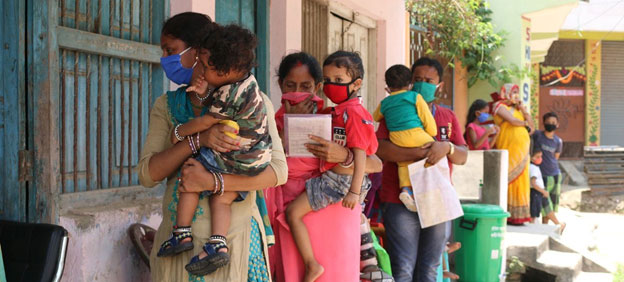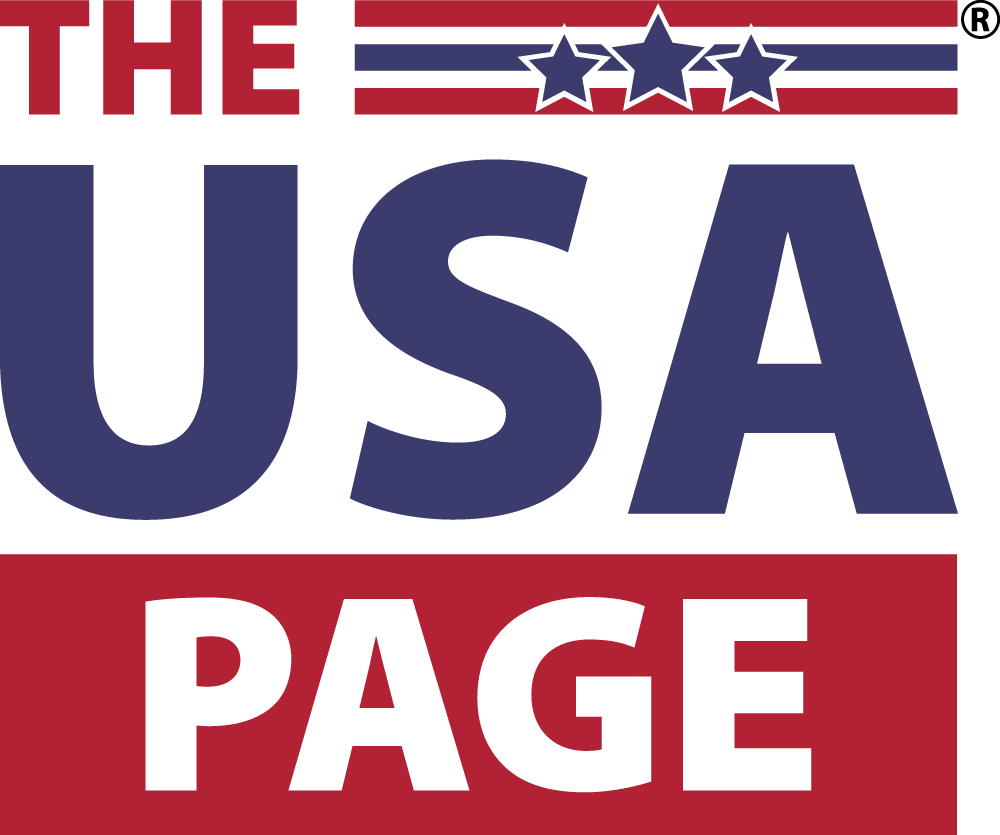GENEVA, Apr 25 (IPS) – As the G20 Health Working Group convened in KwaZulu-Natal under South Africa’s presidency earlier this year, a central question echoed across plenaries: How can we accelerate universal health coverage (UHC) in an increasingly unequal world?
With more than half of the global population- over 4.5 billion people, lacking access to essential health services, the answer must begin with those who are most systematically left behind: women, children, and adolescents.
The State of UHC: Lagging and uneven progress
Despite some progress, we are off track to meet SDG target 3.8 on UHC. The UHC service coverage index improved only marginally from 65 to 68 between 2015 and 2021, and has stagnated thereafter. Worse still, the number of people pushed into extreme poverty due to out-of-pocket (OOP) health costs stands at a staggering 1.3 billion globally.
These financial shocks do not fall evenly. Women, children, and adolescents are particularly vulnerable to catastrophic health expenditures due to their higher health needs and frequent exclusion from social protection mechanisms.
For example, an analysis by Save the Children in 2024 found that 1 in 5 children would be born without skilled attendance, a study by WHO notes that a high proportion of SRHR-related services (including family planning, maternal care, and adolescent health) inadequately prioritized in UHC plans and are paid for out-of-pocket.

Gaps in WCAH Coverage: An Overlooked Priority
Essential WCAH services—those that save lives and reduce inequity—are too often omitted or underfunded in national UHC benefit packages. For instance, a review of essential packages of health services found that in 17 countries (of 51 surveyed) that have defined lists of essential interventions only 1 fully includes all nine essential SRHR service bundles recommended by UNFPA in their UHC schemes.
Even when included nominally, coverage is often partial. For example, contraceptive services may be listed in UHC packages but not covered by public financing—leaving costs to women and families. Adolescents, in particular, face acute gaps in services. An estimated 1.2 million adolescents die each year, largely from preventable causes. WHO has committed to integrating adolescent-responsive health services into primary care.
These gaps are not the result of technical limitations—they are political choices. And in an era where the cost of inaction is measured in lost lives and missed opportunities, these are choices we cannot afford to maintain.
Equity: The Litmus Test of Progress
Equity must become the defining lens of the G20’s health agenda. Even where national progress has been made, coverage remains deeply unequal. For instance, a study of 25 countries in sub-Saharan Africa, found children from the wealthiest households more likely to receive essential immunizations than those from the poorest in 23 countries.
In urban slums and rural areas alike, adolescent girls face structural barriers to accessing SRHR services due to stigma, cost, and lack of youth-friendly care.
Across conflict and humanitarian settings, women and children face some of the worst health outcomes but receive the least investment. Aggregate data masks these realities. The promise of UHC cannot be fulfilled without disaggregated monitoring and targeted interventions that prioritize those furthest behind.
A Call to Recenter WCAH in UHC
G20 countries wield immense influence in global health financing and governance. As such, they must:
- Embed Comprehensive WCAH Services in UHC Schemes: Ensure all essential SRHR services are included, fully financed, and protected from OOP costs.
- Expand Equity-Focused Monitoring: Disaggregate UHC indicators by age, gender, income, and geography to make inequities visible and actionable.
- Invest in Primary Health Care (PHC): PHC systems must be equipped to deliver integrated, people-centered WCAH services, with strong community health components.
- Drive Global Leadership and Domestic Commitment: Align financing, governance, and accountability structures to support WCAH as a non-negotiable pillar of resilient health systems.
South Africa, which leads the G20 this year also heads the Global Leaders Network (GLN) for Women’s, Children’s and Adolescents’ Health providing much required southern led global leadership on this issue.
A Defining Moment
This is more than a policy debate. It is a defining moment for global solidarity and justice at a time when these values are under attack. Women, children, and adolescents represent not only a demographic majority—but also the majority of those excluded, underserved, and overburdened by weak health systems.
To build health systems that are truly equitable, inclusive, and sustainable, G20 leaders must put WCAH at the center of the UHC agenda. Not as an afterthought—but as a foundational priority.
We urge the G20 to seize this opportunity—to invest where it matters most, and to ensure that no woman, no child, and no adolescent is left behind.
Rajat Khosla is the Executive Director of the Partnership for Maternal, Newborn & Child Health (PMNCH).
IPS UN Bureau
Follow @IPSNewsUNBureau
Follow IPS News UN Bureau on Instagram
© Inter Press Service (2025) — All Rights Reserved.




